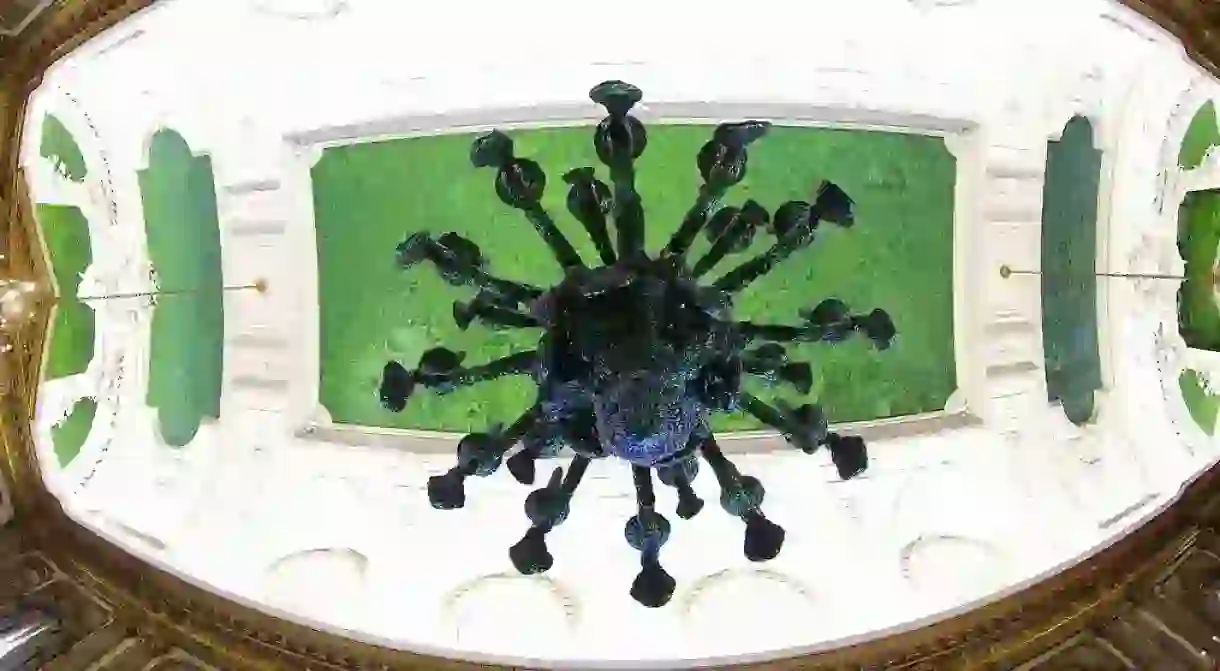The Best Public Art In Belgium

With Arne Quinze, Will Delvoye, and Jan Fabre, Belgium has sprouted some of the most impressive minds creating art for the public space today. Royal ceilings covered in iridescent beetle shields, strange orange-hued rocks dropped on the coastline, and see-through churches are just some of the surreal wonders dotting the land throughout the tiny country.
The Sequence by Arne Quinze
‘Cities like open-air museums’ – this is what Belgium’s most prolific artist in the public space dreams of. Part of Arne Quinze’s wish came true on Brussels’ Louvain Road, where one of his immense sculptures took over in 2008. Through the street leading to the Flemish Parliament weaved a spiky cloud of bright orange wooden sticks – it was baptized The Sequence. At 80 meters longs and 15 meters high, the giant became an integral part of the landscape until it was eventually taken down six years later. The Sequence was always meant to be a temporary display; after deconstruction, all of the wood was recycled.

Rock Strangers by Arne Quinze

Reading between the lines by Gijs Van Vaerenbergh
Building, Architectural Landmark, Church

Totem by Jan Fabre
Building
Heaven of Delight by Jan Fabre

Skin 2 by Mehmet Ali Uysal
Park
The Virgin by Michaël Borremans
Market
Le Plongeur by Idel Lanchelevici

Caterpillar 5bis by Wim Delvoye
The Beaufort Triennial has produced some strange sights on the Belgian coast over the years. Besides Jan Fabre’s Searching for Utopia – an unusual self-portrait in the form of the artist riding a massive golden sea turtle – another work from the first edition has earned a permanent seaside spot. Caterpillar 5bis, created by the unconventional Wim Delvoye, looks like a rusted crawler tractor from afar until you see laser-cut filigree and an ornate church tower that have been worked into the piece of art. Part of the same series in stainless steel and boasting even more Gothic flourishes is Delvoye’s Cement Truck, currently residing in a Brussels park.
Caterpillar 5bis, seafront between Louis Logierlaan and Octave Van Rysselberghe Square, Middelkerke-Westende
Cement Truck, Quai au Foin, Brussels, Belgium














